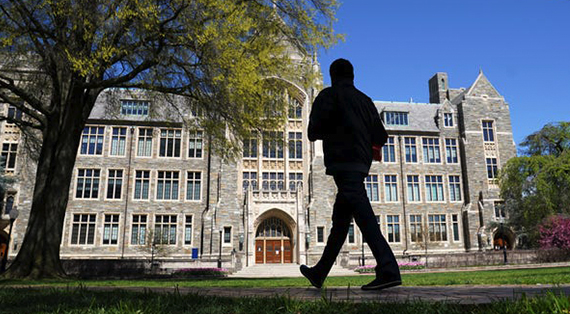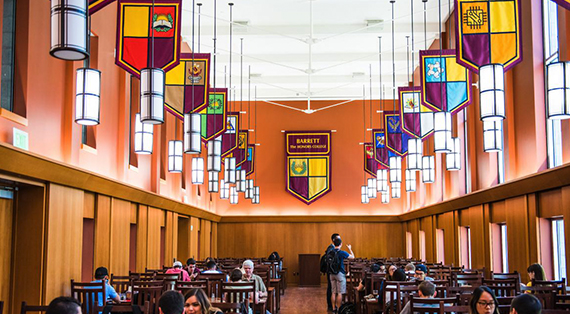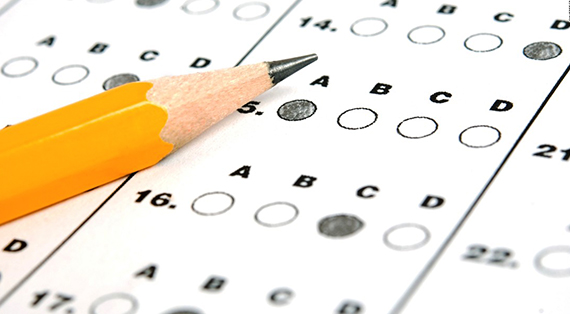
By Elizabeth LaScala, PhD
COVID-19 related stresses are likely to hit hardest those institutions that were already weakened by existing market challenges, such as fewer state revenues earmarked for education and less affluent student populations seeking a college education. The good news is that upwards of 80% of US colleges will not close their doors; but many are going through budget cuts and adjustments. For example, the transition to online learning is not easy or inexpensive. It pays to do your research into the financial health of schools when putting together a well-matched college list. Since a college’s website is designed primarily as a marketing tool to recruit you, they are unlikely to tell you about their financial woes. Instead, ask colleges direct questions and ask for the documentation that backs up the responses—’trust, but verify’ as the saying goes.
Many researchers are working hard to develop tools to evaluate college fiscal health. Dr. Scott Galloway, a professor at NYU, developed his own methodology to show how colleges have been impacted by the pandemic. He assigned each school a rating of ‘Struggle, Perish, Survive or Thrive’. For those of you who do not want to pour over spreadsheets and tables, some of his basic findings were not surprising. Smaller schools, those with fewer than 1,000 students, less selective schools, those that admit greater than 80% of applicants, and very rural colleges are the most likely to perish or at least struggle.
Last year, Forbes introduced a methodology with nine criteria and gave each school a grade. One of the nine measures that is both easy to understand and find is admission yield, the percentage of accepted students who decide to enroll. The higher the yield, the more likely the school will continue to fill a freshman class for years to come. The more selective colleges have very high yields.
Other easy to find and valuable indicators of a college’s fiscal viability and educational value include retention rate, the number of students who return as sophomores, and the 4-year graduation rate. I like to see at least a 90% retention rate and at least a 65% graduation rate.
Given most colleges will stay open, at least for the foreseeable future, the budget cuts and readjustments are of greater concern. I like to enter the college’s name in a search engine to check out state and local media coverage. Take note if a school is experiencing an operating deficit or announces that it is cutting faculty, graduate student stipends or eliminating programs and majors? Are they cutting the major you plan to select or a program of special appeal to you? I recommend going back to the basics—create a college list that is an academic, social and financial fit. Ask does a school offer sustained evidence of strength in your major(s) of interest, can you imagine making friends with the students who attend, does the location appeal to you and can you afford the college? Addressing these basics, along with the added research into financial viability will keep you on track for college success.
Read more about the impacts of COVID-19 on college campuses here.



